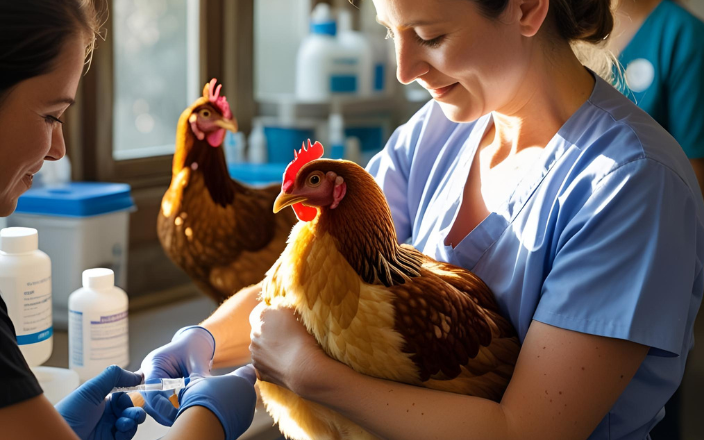The global avian influenza crisis, driven by highly pathogenic avian influenza (HPAI), has evolved into more than just an animal health emergency. It now threatens biodiversity, food security, and global trade. Mass die-offs among wild birds, including seabirds and raptors, have disrupted ecosystems, while spillover infections in marine mammals and livestock raise concerns about the virus adapting to new hosts.
- Historically, the primary response to HPAI outbreaks has been mass culling, a method that is both economically and socially costly.
- However, the increasing frequency and genetic diversity of outbreaks have prompted a shift toward more sustainable and proactive strategies—chief among them, vaccination.
Vaccination is emerging as a complementary tool in the fight against HPAI. When integrated with biosecurity, surveillance, and movement controls, it can significantly reduce virus circulation within poultry populations. This not only minimizes economic losses but also lowers the risk of transmission to wildlife and humans.
Recent developments in vaccine technology have further strengthened this approach. Companies like Novavax have reported promising results from their H5N1 vaccine candidates, showing strong immune responses in preclinical trials. These advances suggest that effective vaccination could become a cornerstone of avian influenza management, much like it did for Newcastle disease.
Importantly, vaccination aligns with international trade standards when properly implemented, ensuring that poultry products remain marketable. This is crucial for countries whose economies rely heavily on poultry exports. Moreover, the adoption of vaccination encourages innovation in disease prevention, shifting the paradigm from reactive to anticipatory public health strategies.
- Despite the progress, challenges remain.
- Vaccine deployment must be strategic, targeting high-risk areas and species.
- Surveillance systems must be robust to monitor vaccine efficacy and detect emerging strains.
- International cooperation is also essential to harmonize standards and share data.
In conclusion, vaccination is reshaping the avian influenza crisis by offering a sustainable, science-driven alternative to traditional control measures. As outbreaks continue to threaten ecosystems and economies, integrating vaccination into broader disease management frameworks could be key to building resilience against future pandemics.
Sources: Available upon request

